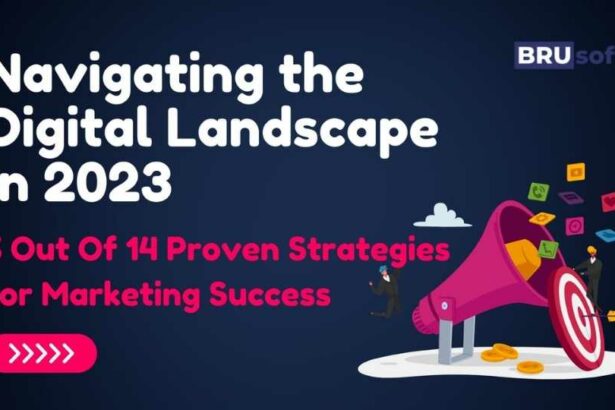Catch-Up with your competitors and improve your website rankings
Introduction to SEO and Definition of SEO
Search Engine Optimization (SEO) is the practice of optimizing a website to rank higher in search engine results, such as Google, Bing, and Yahoo.
No matter what your business (BIG OR SMALL) is or if you are a beginner, consider these simple points to catch up with your competitors or even exceed in ranking on search engine results (SERP) pages.
The goal of SEO is to increase organic traffic to a website by improving its visibility and ranking for relevant keywords.
SEO involves a combination of technical and creative elements, including keyword research, content creation, on-page optimization, and off-page optimization, such as link building.
The Ultimate Goal Of SEO

The ultimate goal of SEO is to provide a better user experience for people searching for information online, and to drive more qualified traffic to a website that leads to increased conversions and business growth.
Brief overview of SEO for beginner’s guide. Consider These 13 Points.
- Importance of SEO for website success
- Understanding Search Engine Algorithms
- Key ranking factors
- Keyword Research
- Importance of long-tail keywords
- On-page Optimization
- Title tags and meta descriptions
- Header tags and content optimization
- URL structure and internal linking
- Image optimization and alt tags
- Off-page Optimization
- Link building strategies
- Local SEO and Google My Business & Bing Places For Business
Importance of SEO for website success
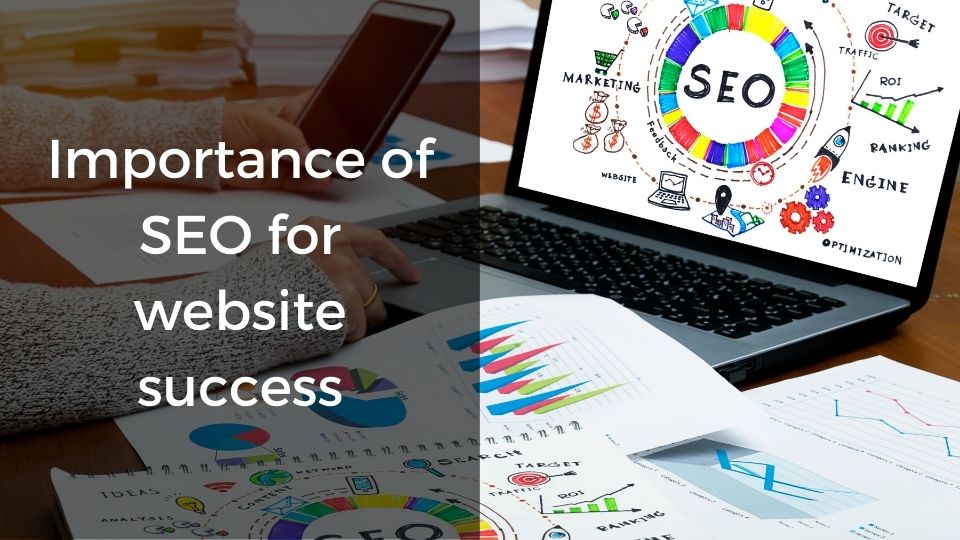
SEO (Search Engine Optimization) is a important factor of website success.
Because it helps to increase visibility and organic traffic from search engines such as Google and Bing Search.
By optimizing website content and structure, a website can rank higher in search engine results pages (SERPs), leading to more exposure, clicks, and ultimately, conversions.
SEO helps to build trust and credibility with search engines and users, leading to a better user experience, which can positively impact the website’s overall performance and success.
Now you have an idea of why SEO is important for website success.
Ultimately it will drive targeted traffic to a website, improves its search engine visibility, and enhances its user experience, among other benefits.
Understanding Search Engine Algorithms
How search engines work – Whether It is Google or Bing Search

Search engines work by crawling the web, indexing web pages, and matching the indexed pages to a user’s query. The process includes the following steps:
Crawling: Search engines use bots, also known as spiders, to visit websites, follow links and gather information about the pages on a website.
Indexing: The information collected during the crawling process is stored in a huge database, called an index. This index includes information such as the page’s title, meta description, and the content of the page.
Matching: When a user performs a search, the search engine uses complex algorithms to match the query to the best possible results in the index.
Ranking: The search engine then ranks the results based on relevancy, quality and other factors, such as the popularity of the website and the relevance of the content to the user’s query.
Returning Results: Finally, the search engine returns the most relevant results to the user in the form of a search engine results page (SERP).
The process of crawling, indexing and matching is ongoing and is essential for the search engine to deliver accurate and up-to-date results to its users.
Key ranking factors
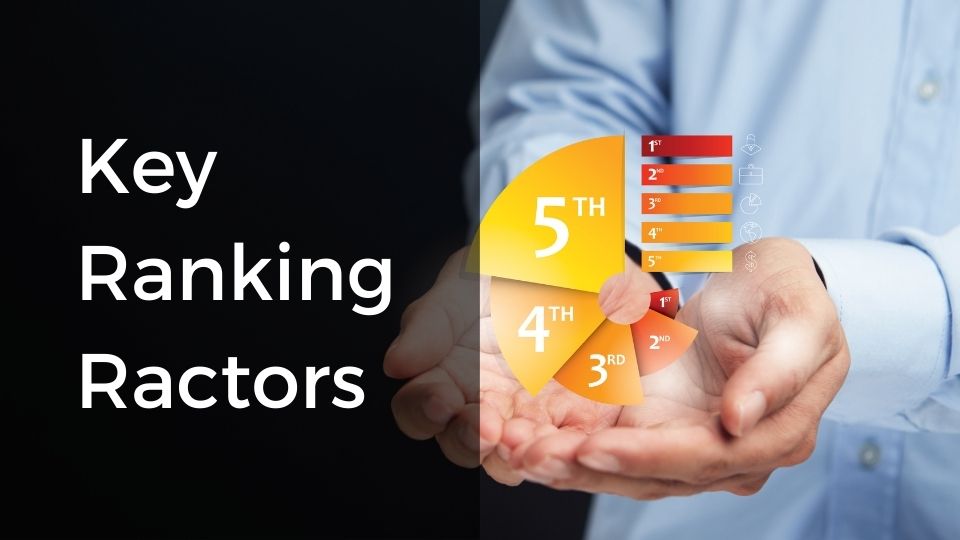
Key ranking factors often refer to the elements that search engines, such as Google or Bing consider important when ranking websites in their search engine results pages (SERPs).
These factors determine how a website will appear in relation to other relevant websites and pages.
Some of the most commonly considered key ranking factors include:
- ⦁ Content relevance and quality
- ⦁ Keyword usage and relevance
- ⦁ User experience, such as website speed and mobile-friendliness
- ⦁ Link building, including the quality and quantity of external links pointing to a site
- ⦁ Website structure, including the use of headings, meta descriptions, and URL structure
- ⦁ Domain and page authority, which is determined by the age of the domain, number of inbound links, and other factors.
It is important to note that the relative importance of these ranking factors can change over time, and different search engines may have slightly different criteria for ranking.
Keyword Research

Identifying and analyzing the keywords and phrases that people use when searching for information online helps which keywords should be used in a website’s content.
The goal of keyword research is to understand what topics people are searching for, how often they are searching for these topics, and how these topics are related to each other.
This information can then be used to inform content creation, search engine optimization (SEO) strategies, and other aspects of digital marketing.
By understanding the keywords that people use to search for information, businesses can create content that is more relevant and useful to their target audience, which can help to drive traffic, engagement, and conversions.
How to identify target keywords
To identify target keywords, you can use the following steps:
- ⦁ Define your business or website’s primary goals and topics.
- ⦁ Research your target audience to understand their language, needs, and pain points.
- ⦁ Use keyword research tools such as Google Keyword Planner, SEMrush, Ahrefs, or Moz to generate a list of relevant keywords.
- ⦁ Analyze the competition and search volume of each keyword to prioritize the most valuable and attainable keywords.
- ⦁ Create a list of long-tail keywords and related phrases to target.
- ⦁ Incorporate target keywords into your website content, meta tags, and alt text.
- ⦁ Monitor your website’s keyword rankings and adjust your strategy accordingly.
It’s important to balance keyword relevance with user experience and to avoid keyword stuffing, which can negatively impact your search engine ranking.
Importance of long-tail keywords
Look up this article title and length of the words used for relevance and SEO purpose.
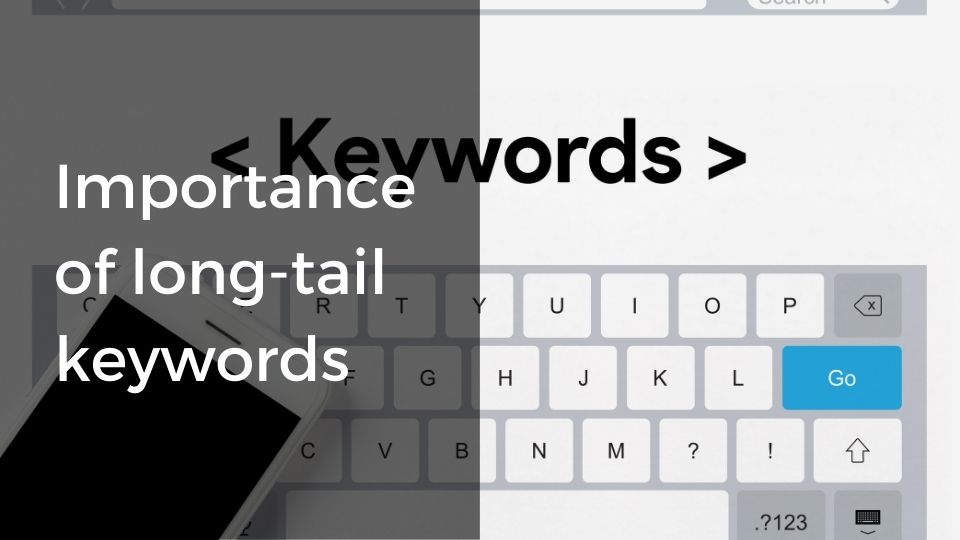
Long-tail keywords play an important role in search engine optimization (SEO) as they help increase the chances of a website appearing in search engine results pages (SERPs) for specific, relevant queries.
The significance of long-tail keywords lies in their ability to enhance search engine optimization (SEO) efforts.
Related reading Search Engine Results page (SERP)
Using long-tail keywords targets more specific and niche audiences, which can lead to higher conversion rates compared to generic, short-tail keywords.
Additionally, long-tail keywords often have lower competition, making it easier for a website to rank for those keywords and drive organic traffic to the site.
Long tail keywords are not only for SEO, also helps the reader to understand what to expect from the content.
On-page Optimization
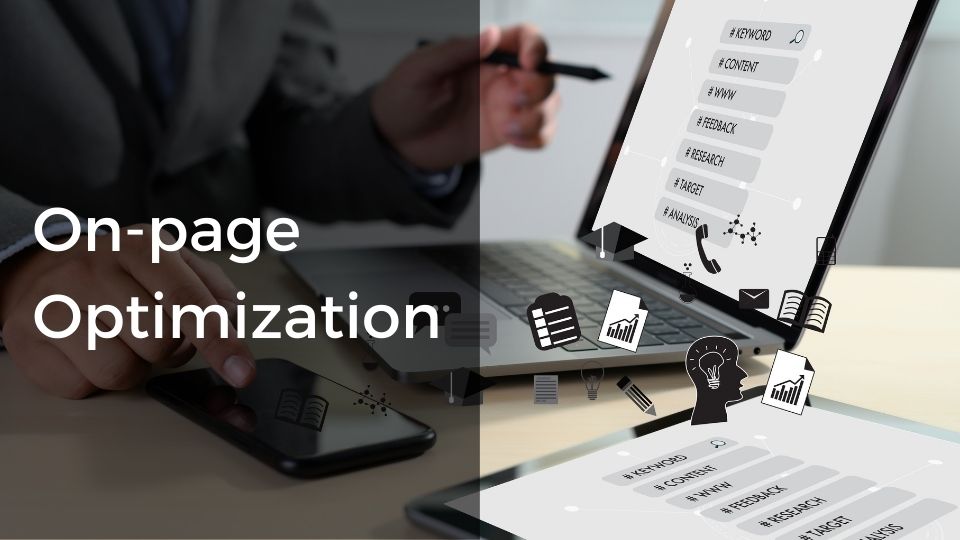
The optimization techniques that are applied to individual web pages to improve their ranking in search engine results is called on-page optimization.
These are elements such as title tags, meta descriptions, header tags, keyword usage, and internal linking, as well as content quality and relevance.
The goal of on-page optimization is to make the content of each web page attractive to both users and search engines, and to help search engines understand what each page is about and how it should be ranked.
Title tags and meta descriptions

Title tags and meta descriptions are HTML elements that provide information about a web page’s content.
They are important for search engine optimization (SEO) as they play a crucial role in helping search engines understand what a web page is about, which in turn helps the page rank higher in search engine results pages (SERPs).
Title tags are the text that appears in the search engine results as the page’s title and are a major factor in determining its relevance and ranking for a specific search query.
Meta descriptions provide a short summary of the page’s content (like long tail keywords) , and although they do not directly impact the page’s ranking, they can influence click-through rate (CTR) from search results by providing a compelling description that entices users to click.
By optimizing title tags and meta descriptions can improve the visibility of a website in search engine results, increase its CTR, and drive more organic traffic to the site.
Header tags and content optimization
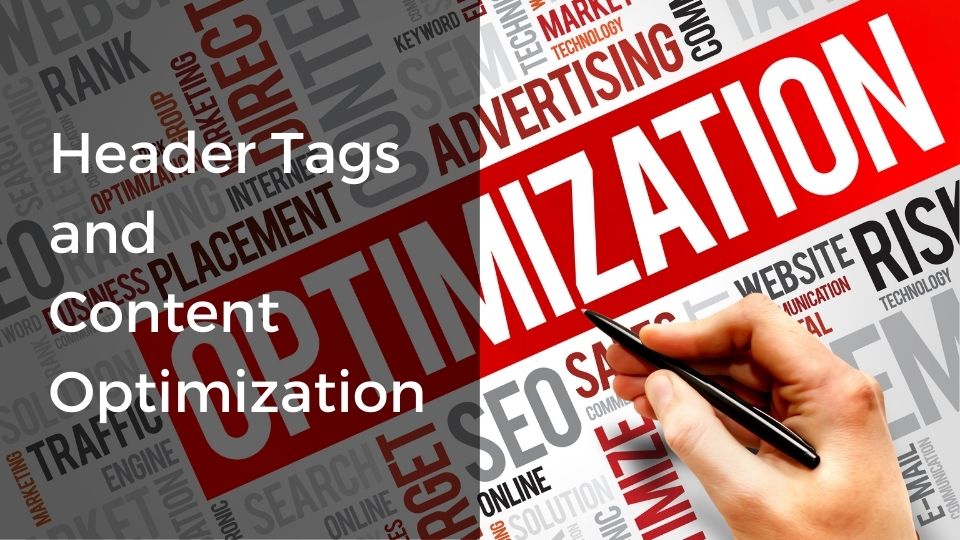
Header tags, also known as HTML header tags, are HTML elements that define the structure and content hierarchy of a web page.
There are 6 header tags in HTML, ranging from H1 to H6, with H1 being the highest-level header and H6 the lowest.
Using header tags appropriately in your website’s content can help search engines understand the structure and content of your page, which can improve your page’s search engine optimization (SEO).
Content optimization, on the other hand is the process of enhancing the quality and relevance of a web page’s content in order to improve its ranking in search engine results pages (SERPs).
This can be achieved through techniques such as keyword research, meta descriptions, and image optimization, among others.
When combined with header tag optimization, content optimization can help improve a web page’s visibility and accessibility to users, as well as its relevance to search engines.
URL structure and internal linking
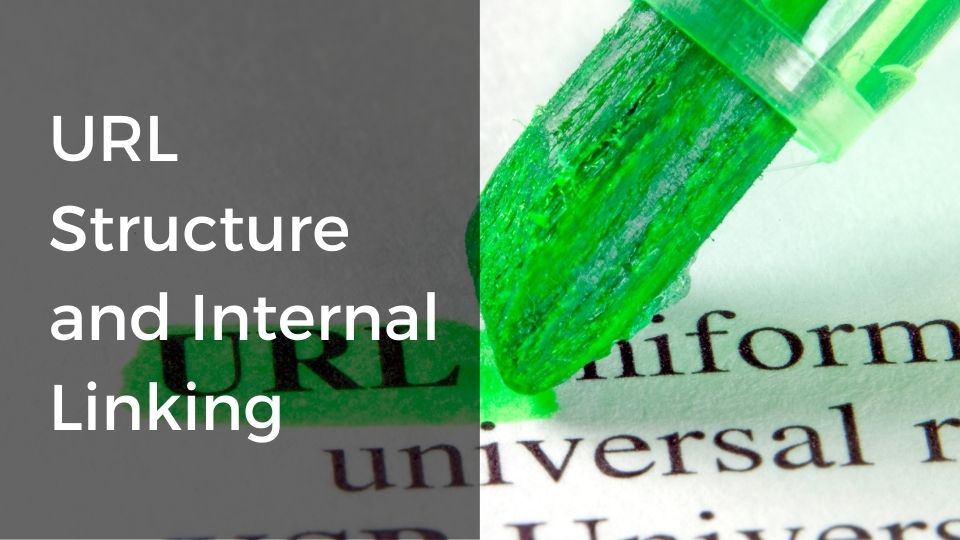
The URL (Uniform Resource Locator) structure of a website is the way URLs are organized and the naming convention used for each page.
A well-structured URL is easy to read and understand, which can improve the user experience and help search engines understand the content of the page.
Internal linking is the process of linking one page of a website to another page within the same website.
This helps to distribute link equity (the value of a link) throughout a site and provides a way for users and search engines to navigate a site and understand its hierarchy.
Internal links also help to establish the relationship between pages on a site and can be used to guide users to related content.
Example
Unlock the Secrets of SERPs: Boost Your Website’s Visibility and Rankings
Image optimization and alt tags
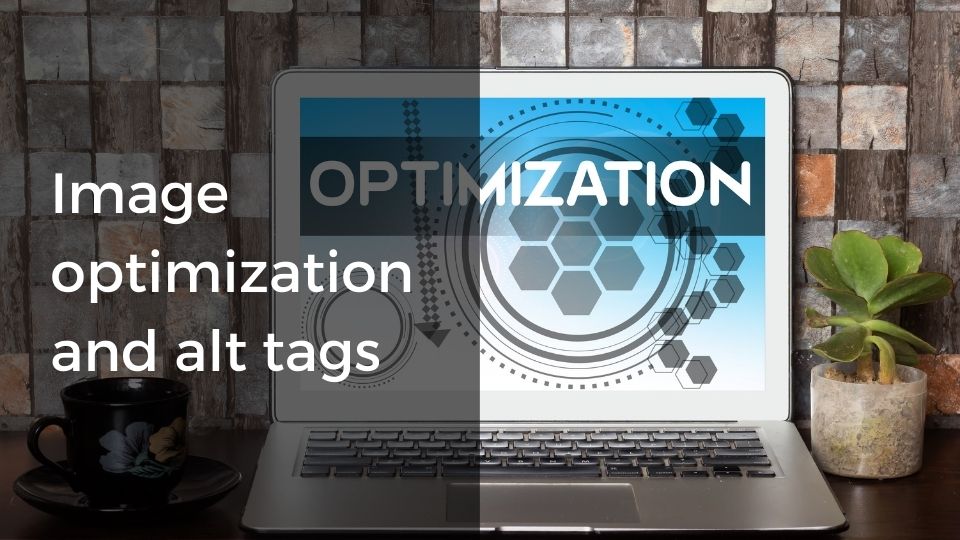
Image optimization is the process of reducing the size of an image file without sacrificing its quality, so it can be loaded faster on a website.
This can be achieved through various techniques such as compression, resizing, and reformatting.
Alt tags, also known as “alt descriptions” or “alt attributes,” are HTML attributes added to images that provide a brief text description of what an image is depicting.
This text is displayed when an image cannot be loaded, and it is also read by screen readers for accessibility purposes.
The use of both image optimization and alt tags is important for a website’s performance and accessibility.
Optimized images can improve the loading speed of a website, while properly descriptive alt tags improve accessibility and provide search engines with information about the content of the images, improving search engine optimization (SEO).
Tip: There is plenty of Image optimization Plugins Available in WordPress Plugin Repository.
Off-page Optimization

Off-page optimization is a set of tactics used to improve the visibility and ranking of a website in search engine results pages (SERPs).
It involves actions taken outside of the website to increase its credibility and authority, with the goal of increasing its search engine rankings.
Some common off-page optimization tactics include:
Link building: This involves acquiring links from other websites to point to your website.
The number and quality of these links can impact your website’s ranking in search engines, as they act as a vote of confidence in your site’s credibility and relevance.
Social media marketing: Social media platforms can be used to promote your website and build links.
Sharing your content on social media can drive traffic to your site, and the links you include in your posts can help with link building.
Influencer outreach: Working with influencers in your industry can help you reach a wider audience and improve your website’s visibility.
Influencers can share your content with their followers, provide links to your site, and even write content that mentions your brand.
Content marketing: Off-page optimization can also involve creating high-quality, engaging content that is designed to be shared and linked to.
This type of content can be used to build brand awareness and drive traffic to your site.
Online reputation management: Managing your online reputation is an important part of off-page optimization.
This involves monitoring and responding to online mentions of your brand, and addressing any negative feedback or comments.
These tactics, along with others, can help improve a website’s off-page optimization, leading to higher search engine rankings, increased traffic, and better overall visibility.
Link building strategies
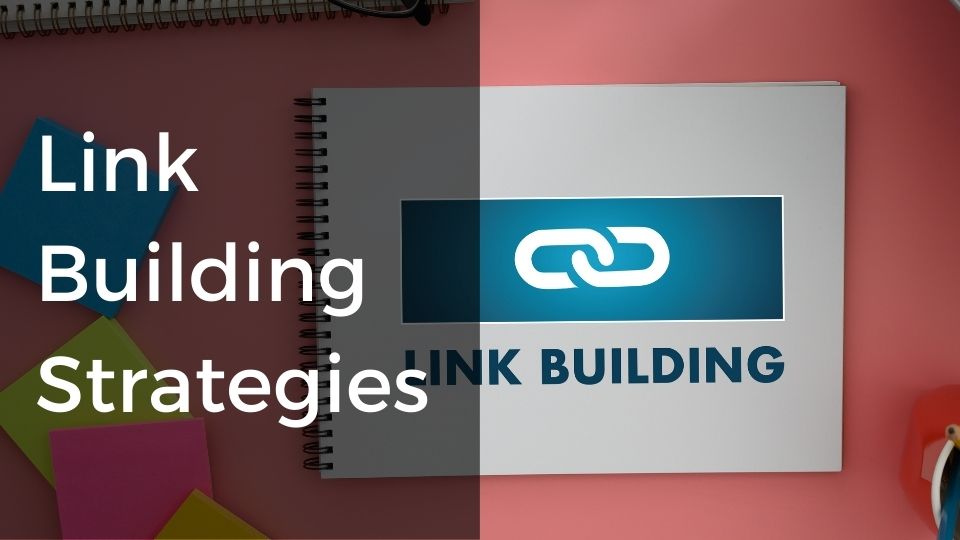
Link building is about acquiring links from other websites to point to your website, with the goal of improving your website’s visibility and ranking in search engine results pages (SERPs).
Link building is a critical aspect of off-page optimization, as search engines often use the number and quality of links pointing to a website as a way of measuring its credibility and relevance.
Here are some common link building strategies for a website:
Content marketing: Creating high-quality, engaging content that is designed to be shared and linked to can be an effective way to build links.
This type of content can be used to build brand awareness and drive traffic to your site.
Guest posting: Writing guest posts for other websites in your industry and including a link back to your site can help you reach a wider audience and build links.
Broken link building: Finding broken links on other websites and offering to replace them with a link to your site can be a way to build links while also providing a valuable service.
Resource page link building: Identifying resource pages related to your industry and reaching out to the owners of those pages to request a link to your site can be an effective way to build links.
Influencer outreach: Working with influencers in your industry to promote your content and include links to your site can be a way to build links and reach a wider audience.
Directory submission: Submitting your website to relevant directories can be a way to build links, although it is not as effective as other link building strategies.
Sponsored content: Working with other websites to create sponsored content that includes a link back to your site can be a way to build links.
These are just a few of the many link building strategies and most importantly opportunities that can be used to improve a website’s off-page optimization
The key is to choose strategies that are relevant to your industry and audience, and to focus on building high-quality, (organic) natural-looking links.
Want to know more?
You have been reading this video post this far means you are very much interested to know more about SEO and SEO Best Practices.
Here is 5 more unique link building strategies.
Competitor backlink analysis: Analyze the backlinks of your competitors and see if there are opportunities to build similar links for your own site.
Co-promotion: Get in touch with other businesses who is doing business related to your products or service and promote and link your pages as related products or services on their site and do the same for them. A Win Win
Testimonials and reviews: Encourage customers and clients to leave testimonials or reviews on other websites that include a link back to your site.
Webinars and events: Hosting webinars or events and promoting them through your website and social media channels can be a way to build links.
Wikipedia links: Contributing to Wikipedia articles related to your industry and including a link to your site in your user profile can be a way to build a high-quality, authoritative link.
It’s important to note that link building should be done in a way that is natural and not spammy, as search engines may penalize websites that use unethical link building tactics.
Your focus should be on building high-quality, relevant links that improve the user experience and provide value to the audience.
Local SEO and Google My Business & Bing Places For Business
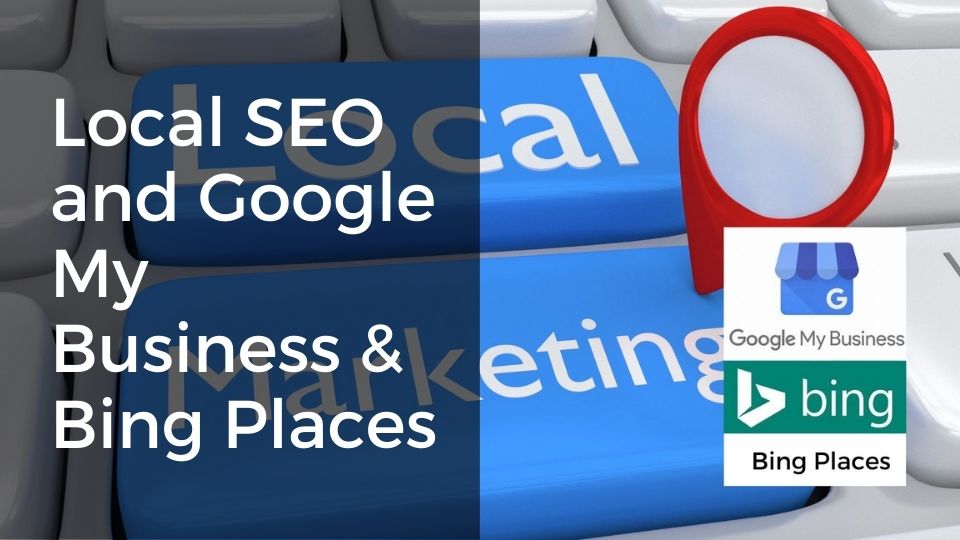
Let’s talk about a super important aspect of search engine optimization: local SEO and Google My Business and Bing Places For Business.
Think and picture this: you’ve got a slick new website, filled with fantastic content that is relevant to your targeted audience and optimized for all the right keywords.
But, if you’re only targeting a global audience, you’re missing out on a huge opportunity.
Enter local SEO.
Local SEO is all about optimizing your website and online presence to rank higher in search results for specific geographic locations.
This means when someone searches for “best non-vegetarian restaurant in [your city],” your non-vegetarian restaurant’s website should pop up at the top of the search results.
And that’s where Google My Business & Bing Places for business listing comes in.
Think of it as your online storefront.
By claiming and verifying your Google My Business listing and Bing Places For Business Listing, you’re giving Google & Bing all the key information they need to showcase your business to local searchers.
It’s like having a virtual “Open” sign on the busiest street in town, 24/7.
So, in short, if you’re running a local business, local SEO and Google My Business and Bing Places Listings should be at the top of your SEO to-do list.
Get those claimed, optimized, and you’ll be well on your way to appearing at the top of search results for your target audience. Happy optimizing!

One Final Word:
If you have been concentrated on only Google search, it is time to give some thought to Bing search. So as not to leave the opportunities to your competitors who has been on top of Bing palces for business listing.
After integrating ChatGPT AI with Bing search, Microsoft Bing may be a serious contender for search volume.
The new Artificial Intelligence (AI) powered Chatbot, which is all the rage now integrated with Microsoft’s Bing search.
Even a little ranking elevation on the SERP from Bing is an improvement to your SEO effect.


